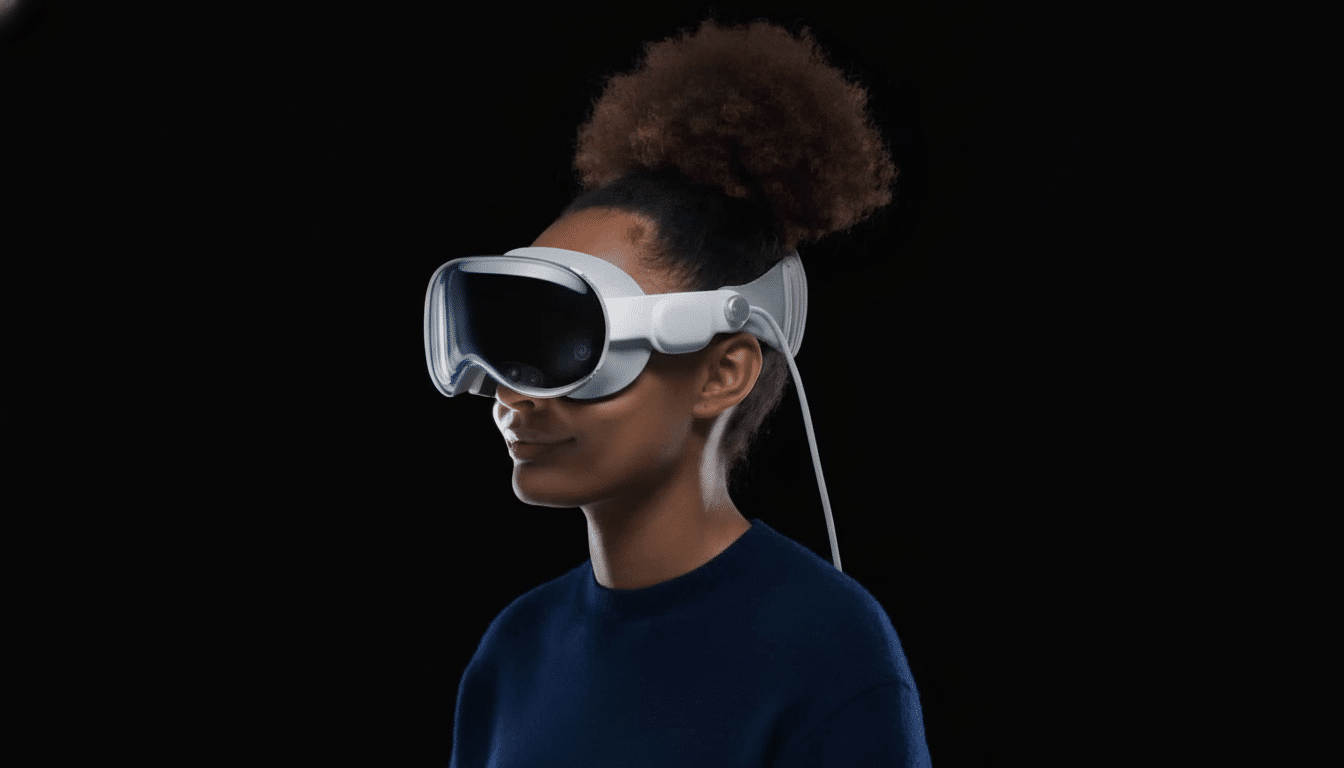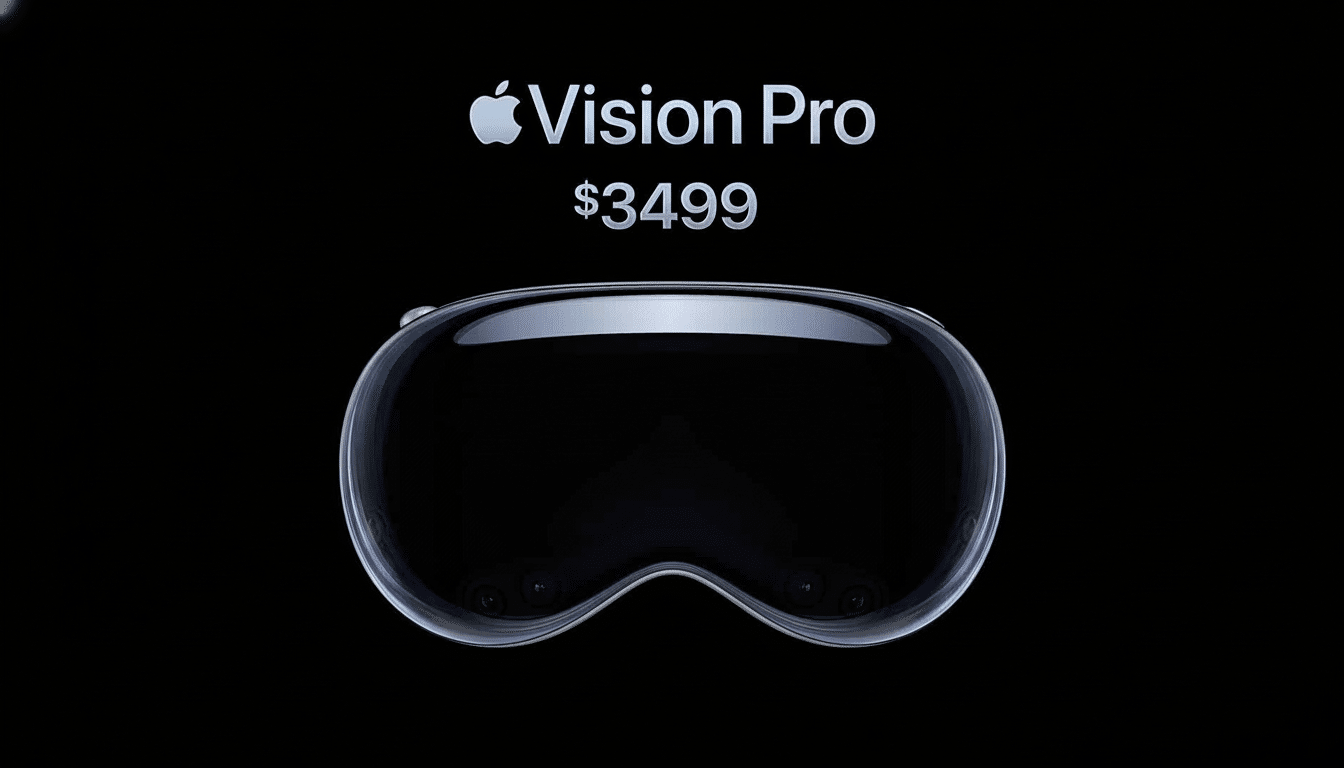Samsung throws its hat in the ring with the high-end mixed reality headset Galaxy XR, which goes up against Apple’s Vision Pro. Depending on Google’s Android XR platform and powered by Qualcomm’s Snapdragon XR2+ Gen 2, the device matches ambition on display specs with a lighter chassis and price to capture both early adopters as well as productivity-seeking users.
Hardware and Display Highlights and Key Specifications
The Galaxy XR’s micro‑OLED panels drive a 27 million-pixel total at 3,552 x 3,840 pixels per eye, providing Samsung with bragging rights when it comes to sheer pixel count against Apple. Display refresh rate maxes out at 90Hz, less than Vision Pro’s 120Hz maximum, but the resolution lift and pixel density ought to help text readability and fine UI elements — important for productivity and reading in mixed reality.

A key differentiator is weight. The Galaxy XR is not exactly 545 g; it undercuts the Vision Pro by a fair amount, which may mean you are able to have longer, comfortable sessions. The headset is designed with an ergonomically balanced structure and premium materials to evenly distribute pressure, a tangible nod to the major comfort problems that have hounded early spatial computers.
The optics and sensing are equally aggressive: two high-resolution passthrough cameras, six world‑facing tracking cameras, and four eye‑tracking cameras to enable precise hand and eye input. With Snapdragon XR2+ Gen 2 at the helm, you can bet system-level features like low-latency passthrough and eye-tracked foveated rendering support (which could make it feel like the headset’s resolution is higher by dedicating pixels where your eyes are focused).
Integration of Android XR With Google AI Services
By running Android XR, Galaxy XR is immediately plugged into Google’s services and developer tooling. The headset comes with XR‑optimized variants of Google Maps, YouTube, Circle to Search, and Google Photos preloaded, and relies heavily on Gemini for multimodal help. In the real world, that means you can ask for directions in 3D Maps, query for videos in YouTube, or pull up more information about real-world objects with hand‑drawn circles in passthrough view.
Samsung is also showcasing creation workflows such as transforming 2D photos into 3D depth-enhanced scenes in Photos. Multitasking is central to the UI: multiple resizable windows displaying documents, a browser and music apps were all able to coexist side by side, an old friend in desktop computing transposed into spatial computing.
Price Positioning and Expected Impact on the Market
For $1,800, Galaxy XR lands at about half the price of Apple’s flagship, an obvious play to broaden premium XR total addressable market. Battery life is listed as up to two hours of general use and two and a half hours of video playback, which is more or less competitive for its class. The headset is launching in the U.S. and Korea, which signals Samsung’s interest to seed a more developed ecosystem as well as in its home country.

Those two words: price and comfort, have in fact been repeatedly cited by analysts at IDC and CCS Insight as the two biggest barriers to mainstream XR usage. Samsung’s lighter weight and sub-$2,000 price tag are both gunning for those pain points, while Android XR’s app portability could tamp down on developer friction. If Samsung can woo mobile developers with familiar tools and monetization, the content flywheel might spin up faster than in previous VR cycles.
Content and Apps Available at Launch and Early Perks
Entertainment is a major pillar. Samsung promises cinema‑scale 4K micro‑OLED viewing, and says services such as Crunchyroll, Max, and Peacock have rebuilt apps for Android XR. That’s some complement to the content play, and allows it to close an early perception gap with Apple’s initial foray into pacts that link streaming and sports.
Boosted customers will get an Explorer Pack with 12 months of Google AI Pro, YouTube Premium and Google Play Pass as well as trials and content such as YouTube TV, NBA League Pass access; Status Pro’s NFL PRO ERA; Adobe Project Pulsar, Asteroid, and Calm. It’s a shrewd incentive, reminiscent of successful platform-seeding tactics in consoles and smartphones.
How It Compares to Apple’s Vision Pro in Key Areas
Apple’s new Vision Pro update increased rendering performance by about 10 percent, increased the supported refresh rate to 120Hz and added about half an hour of battery life for general use and video playback. Apple still has the edge on things like refresh headroom and deep ecosystem integration — everything from high-end spatial video capture to pro apps, but Samsung makes up for it with higher pixel density, lighter-weight hardware, and deeper ties into Google services and Android developers.
The competition is good for buyers. Competition for comfort, optics and price is likely to fast-track innovation – anticipate rapid iteration on mixed reality displays, eye-tracking accuracy and developer economics in the coming product cycles. If Samsung can maintain app momentum, and show clear use cases — space‑saving workspace multitasking to map‑centric travel planning — Galaxy XR might have a decent chance of making spatial computing seem less like a demo and more of an everyday tool.

